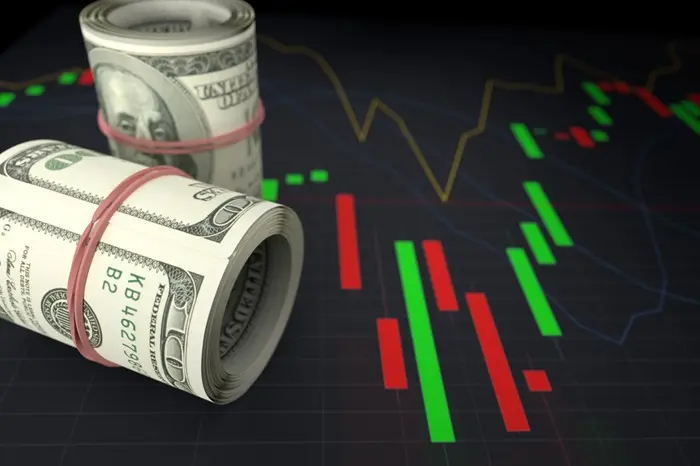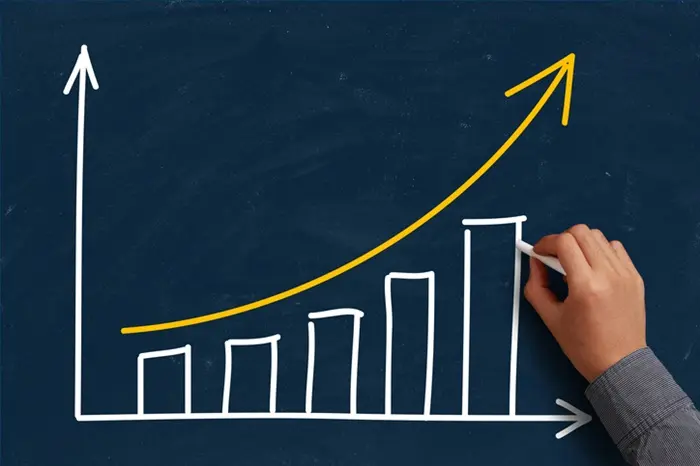The concept of “gaps” in stock prices is a widely discussed topic among traders, analysts, and investors. Gaps can provide valuable insights into stock price behavior and market psychology. Understanding why gaps tend to be filled in stocks is crucial for those who wish to make informed decisions in the foreign exchange and stock markets. This article explores the nature of price gaps, the reasons behind their tendency to fill, and the strategies traders use to capitalize on this phenomenon.
What is a Gap in Stocks?
A gap in the stock market occurs when a stock’s price opens significantly higher or lower than the previous day’s closing price, creating an empty space or “gap” on the price chart. These gaps are formed due to various factors, such as significant news releases, earnings reports, or sudden market events that affect investor sentiment.
There are three primary types of gaps:
Breakaway Gaps – Occur at the beginning of a trend when the price breaks out of a consolidation range.
Continuation Gaps – Occur in the middle of a trend, indicating the trend will continue in the same direction.
Exhaustion Gaps – Occur at the end of a trend, signaling the possibility of a reversal.
Gaps can appear on any time frame, from daily charts to intraday charts, depending on the stock and market conditions.
Why Do Gaps Occur?
Gaps happen when there is a sudden and sharp change in a stock’s price between trading sessions. This change is often a result of fundamental news, such as:
Earnings Announcements– A company reporting higher-than-expected earnings or losses can cause a significant price movement.
Economic Data Releases – Macroeconomic news, such as changes in interest rates or GDP growth, can trigger large market moves.
Geopolitical Events – Political instability, wars, or global crises can prompt market reactions that lead to gaps in stock prices.
Mergers and Acquisitions – The announcement of a merger or acquisition can lead to a gap, especially when it’s perceived as favorable to the target company’s stock.
Market Sentiment – A shift in market sentiment due to macroeconomic or microeconomic factors can create gaps.
The key feature of gaps is that they occur between two regular price levels and result in an empty space on the chart.
Do Gaps Always Get Filled?
It is commonly observed that gaps in stocks tend to get filled over time. However, this is not a guarantee, and some gaps may remain unfilled for extended periods. Understanding why this happens is critical for anyone involved in stock trading or investing.
A gap is considered “filled” when the price of the stock revisits the level where the gap began, closing the empty space. In some cases, this may happen quickly, while in others, it may take months or even years for the gap to be filled.
The tendency for gaps to fill is rooted in the psychological behavior of traders and the mechanics of the market itself. Let’s look at the reasons why this phenomenon occurs.
1. Market Reversion to the Mean
One of the main reasons why gaps tend to be filled is based on the principle of mean reversion. The idea behind mean reversion is that prices tend to return to their average or normal value over time.
When a gap occurs, it signifies that the stock has moved away from its normal trading range. Traders often view this as an overreaction or a temporary market inefficiency. As a result, they expect the price to revert to its previous range, thereby filling the gap. This reversion can happen as traders take advantage of the price discrepancy, causing the stock to move back toward its previous value.
2. Overreaction to News or Events
Market participants often overreact to news, especially when it’s unexpected or has a significant impact on the market. This overreaction can cause large price movements that create gaps. However, over time, the initial excitement or fear tends to subside, and the price may adjust to more reasonable levels.
For example, if a company announces unexpectedly high earnings, the stock may gap higher. However, as investors digest the news and realize that the price may have been driven too high, they may start selling, leading the stock to pull back and fill the gap.
3. Profit-Taking and Corrective Moves
Traders and investors who were part of the initial move that created the gap might take profits or make adjustments to their positions, leading to a correction. These profit-taking activities often lead to a pullback, which results in the gap being filled. In many cases, stocks that have gapped up or down experience a period of consolidation before continuing the trend or reversing entirely.
For example, in a continuation gap, traders may take profits once the stock has reached a certain level. As traders exit the stock, the price may pull back to fill the gap before continuing in the same direction.
4. Support and Resistance Levels
Gaps tend to fill because they often occur near significant support or resistance levels. Traders will recognize these levels and anticipate price retracements to those areas. If a stock gaps above resistance or below support, it may be an indication of an overextension, and traders will look to capitalize on a potential retracement to the prior levels.
For instance, if a stock gaps up above a previous resistance level, the price may retrace back to that level before continuing higher. This retracement could fill the gap, as traders test the validity of the breakout.
5. Institutional Activity
Institutional investors, such as mutual funds and hedge funds, play a significant role in stock price movements. These large investors may create gaps when they take significant positions in a stock. However, once their positions are established, they may look to lock in profits, leading to a price correction. This process can lead to a gap being filled as the stock retraces to previous levels before continuing its upward or downward trajectory.
Institutional traders often follow specific strategies, and their actions can result in price adjustments that cause gaps to close. For example, if an institutional investor buys a stock in large quantities, the price may gap up. When the investor decides to take profits, the price may pull back and fill the gap.
6. The Role of Retail Traders
Retail traders are another key factor in the tendency for gaps to fill. These traders often react to market news and trends in a manner that exacerbates price movements. While institutional investors tend to have a longer-term perspective, retail traders may be more prone to short-term reactions.
This behavior can lead to temporary price dislocations and gaps. However, as the initial excitement dies down and the market reflects more balanced sentiment, prices tend to return to prior levels, filling the gap.
7. The Psychological Effect on Traders
Traders’ psychology plays a crucial role in why gaps tend to be filled. Gaps represent uncertainty and volatility, and this uncertainty often causes traders to step in and test the levels where the gap began. This creates a natural tendency for prices to return to the gap area as traders look to reduce risk and seek stability.
When traders see a gap, they may be more likely to trade based on the assumption that the gap will eventually be filled. This creates a self-fulfilling prophecy, as more traders enter the market with the expectation that the gap will close.
8. Statistical Evidence
Studies and historical data show that gaps in stocks have a high likelihood of being filled, especially when the gap occurs on daily charts. While gaps may not always be filled immediately, the longer they remain unfilled, the less likely they are to stay open forever. In some cases, gaps are filled relatively quickly, within a few days or weeks, but others may take much longer.
In general, traders use gap analysis as part of their technical analysis to predict market behavior. The statistical probability of a gap being filled can influence trading strategies, especially for those who rely on technical signals and chart patterns.
Conclusion
Understanding why gaps tend to be filled in stocks is important for traders and investors looking to make informed decisions in the market. Gaps are often a result of overreaction, market inefficiency, or significant news events, but they represent opportunities for those who know how to trade them effectively. While gaps may not always be filled immediately, the tendency for gaps to close over time is a significant phenomenon that offers valuable insights into market behavior and stock price movements.
As with any trading strategy, filling gaps should be approached with caution and awareness. It’s essential to consider the broader market context, such as overall trends, volume, and news events, when analyzing gaps. By combining technical analysis with an understanding of market psychology, traders can take advantage of the tendency for gaps to fill and make more informed investment decisions.
Related topics:
































